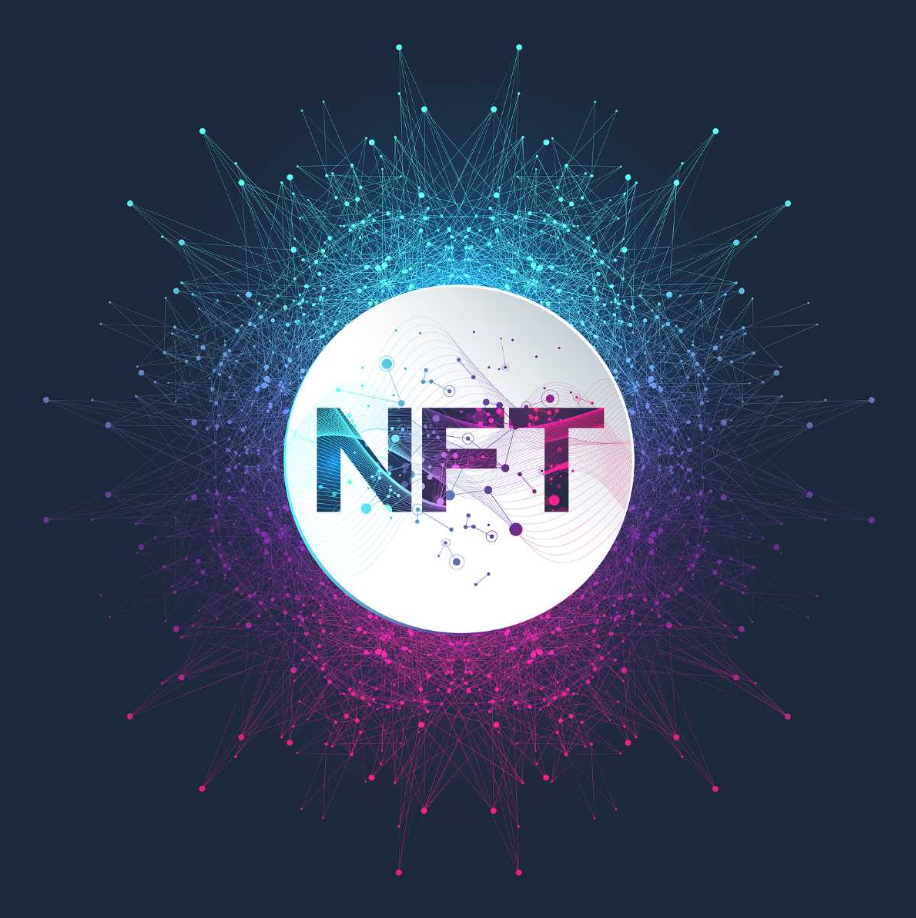In the ever-evolving world of blockchain technology, Bitrock emerges as a game-changer. This layer-2 sidechain, fully compatible with Ethereum, leverages a proof-of-authority (PoA) consensus mechanism, placing its trust in a select group of validators to ensure robust security.
Bitrock sets its sights on three crucial pillars: speed, cost-efficiency, and security. It executes transactions within seconds, delivering near-zero costs. Notably, the platform currently boasts an impressive capacity of processing 12,000 transactions per second (TPS) with a mere 2-second block time, making it one of the fastest sidechains globally. As a sidechain compatible with Ethereum, it extends its support to all Ethereum Virtual Machine (EVM)-compatible smart contracts. This compatibility empowers developers to seamlessly migrate to Bitrock, harnessing its capabilities without the need for extensive rebuilding.
The combination of speed, security, and compatibility positions Bitrock as an enticing gateway for developers. It opens the doors to new possibilities and potential use cases within the blockchain sphere.
Bitrock's journey commenced on July 13, marked by a unique approach. It chose not to pursue private sales, presales, VC backing, or seed rounds, deliberately catering to retail investors while safeguarding against price manipulations by larger investors. The project's development was funded entirely from the team's own resources before its official launch, demonstrating a strong commitment to its vision.
It's important to highlight that Bitrock is not a fork of any existing protocol, and its total supply is equivalent to its circulating supply, eliminating concerns about future dilution.
Rockswap: Decentralized Exchange (DEX)
Bitrock's decentralized exchange, Rockswap, stands as a non-custodial platform enabling users to trade various tokens directly from their decentralized wallets. Notably, Rockswap is developing a multichain integration layer, starting with Ethereum. This integration will enable users to transact without the need to hold or pay gas fees in the native token, as gas fees can be covered using Bitrock tokens.
Bitrock Staking
Staking on Bitrock involves locking up Bitrock tokens to contribute to the network's security and functionality. Staked tokens aid validators in verifying transactions and adding new blocks, and in return, users earn rewards. The rewards are influenced by factors such as the amount staked, the staking period, and the current APY (Annual Percentage Yield). While users have the flexibility to withdraw staked funds in emergencies, a 25% penalty is applied to withdrawn funds. Staking on the Ethereum mainnet offers a 30% APY, whereas the Bitrock mainnet boasts a competitive 60% APY.
Currently, 40% of Bitrock's total supply is staked, reflecting the community's strong participation.
Bitrock Bridge
Bitrock's bridge, developed in collaboration with Sphynx Labs, provides a straightforward way for developers and entrepreneurs to bridge their tokens to the mainnet. This process significantly enhances processing speeds and reduces fees. As a self-custody bridge, users must connect their decentralized wallets, select the networks to bridge, choose the Bitrock token, and approve the bridge transaction.
Token Builder
Within the Bitrock ecosystem, an in-house token builder feature empowers users to launch their own tokens. This user-friendly tool allows users to enter simple parameters and deploy smart contracts with minimal coding knowledge. These smart contracts come preloaded with security features that safeguard tokens against tampering and alteration.
Bitrock stands at the forefront of blockchain innovation, offering a high-speed, secure, and EVM-compatible sidechain. Its commitment to transparency, accessibility, and innovation positions it as a promising player in the blockchain landscape, poised to open new horizons for developers and users alike.










